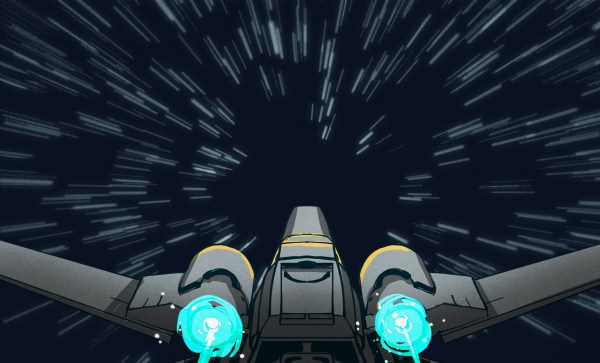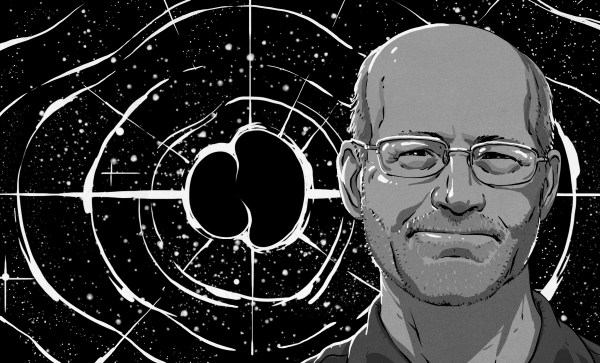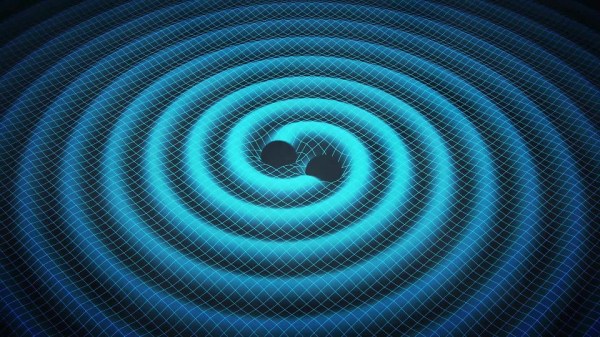In Star Trek, dilithium crystals — whatever those are — are critical to the operation of a starship’s warp drives. But a Texas professor thinks he can make a baby step towards a warp drive using ethylene glycol, which is commonly found in antifreeze.
While superluminal travel has been regarded as impossible for many years, recent work has suggested ways we might be able to circumvent the light-speed barrier. Unfortunately, all of these mathematical theories require energy and types of matter that we don’t know how to create yet. But [Dr. Chance Glen] believes that by shaping the energy in a specific way through a dielectric, the math can work out so that there’s no exotic negative energy required.
The experiment involves shooting RF energy into an antifreeze container and using a laser interferometer to detect gravity waves. Of course, that will involve some very sensitive measurements to account for other tiny perturbations that might give false readings. As we’ve seen in the past, that’s a task easier said than done.
Does this make sense? Beats us. Our physics and math are too out of date to make a good guess about how much of this is real and how much is hype. Of course, if he does detect gravity waves, that will get us as close to warp drive as the invention of the telegraph got us to cell phones. Then again, you have to start somewhere.
If you want to know more about the state of rocket engines, including the nascent possibility of warp drives, we’ve discussed that before. Incidentally, if you think the experiment sounds a bit like the the Laser Interferometer Gravitational-wave Observatory (LIGO), you aren’t wrong.
















